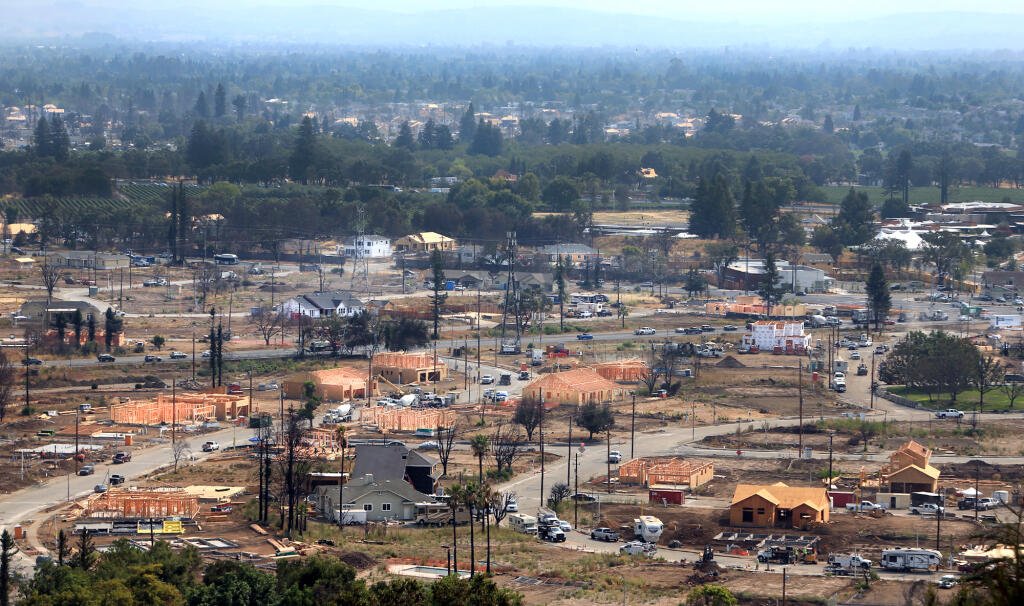A Growing Crisis in California’s Insurance Market
California Insurance Antitrust Lawsuit—that’s the phrase shaking up the Golden State’s housing and insurance industries. Homeowners are taking legal action against some of the largest insurance companies in the country, accusing them of working together to limit insurance coverage in wildfire-prone areas.
This isn’t just a typical lawsuit—it’s a bold move aimed at holding insurers accountable for what plaintiffs claim is a deliberate strategy to push people out of private insurance and into the more expensive and less protective state FAIR Plan.
Wildfire Woes Spark Legal Firestorm
In 2023, California witnessed one of its most devastating wildfire seasons. More than 17,000 structures were destroyed, and at least 30 people lost their lives. For homeowners in areas like Pacific Palisades and Altadena, the disaster didn’t end with the flames.
As they tried to rebuild their lives, they were met with a new challenge: finding affordable homeowners insurance. Many discovered that major insurance providers were no longer offering coverage in their areas. And when so many insurers stopped offering policies around the same time, it raised serious questions.
The result? A California Insurance Antitrust Lawsuit that alleges these companies worked together behind the scenes to cut off insurance access in high-risk zones.
What the Lawsuit Claims
The lawsuit, filed in Los Angeles Superior Court, names 25 major home insurance companies, including State Farm. The accusation? That they violated antitrust and unfair competition laws by colluding to withdraw coverage from wildfire-prone neighborhoods.
Attorneys representing homeowners claim these companies “simultaneously” dropped existing policies and stopped issuing new ones in 2023. They believe this was not a coincidence, but a coordinated move to drive customers toward California’s FAIR Plan—a state-managed insurance option meant to serve as a last resort.

What Is the FAIR Plan?
The California FAIR Plan is designed for homeowners who cannot get insurance through traditional means, often because their property is located in a high-risk wildfire area. The plan provides only limited coverage and comes with high premiums, making it far from ideal for most families.
As of March 2025, the FAIR Plan serves over 555,000 homeowners—more than double the number from just a few years ago. Many of these policyholders are now involved in the antitrust lawsuits.
One class-action lawsuit specifically represents all homeowners who were forced to use the FAIR Plan after January 2023. Another focuses on those directly affected by the wildfires who lost their homes and couldn’t get coverage from private insurers.
Alleged Profit Over Protection
Michael J. Bidart, an attorney representing the plaintiffs, said insurers have “reaped the benefits of high premiums” while offering far less protection than private policies. Homeowners who had faithfully paid their premiums for years were suddenly left with reduced coverage or no coverage at all.
What frustrates many policyholders is the belief that insurers are prioritizing profit over people—using wildfire risks as a justification to avoid paying out claims while continuing to raise rates across the board.
Insurers Push Back
Not surprisingly, the insurance companies are pushing back hard against these claims.
The American Property Casualty Insurance Association, a group representing many of the named insurers, said the lawsuits are “baseless” and “defy logic.” Stef Zielezienski, the group’s chief legal officer, stated that the lawsuits are attempting to “advance meritless claims” and do not reflect the economic or regulatory realities insurers are dealing with.
State Farm, the largest home insurer in California with nearly one million policies, declined to comment on the ongoing litigation.
California’s Regulatory Response
While California’s Department of Insurance is not directly involved in the lawsuits, it has weighed in on the matter. A department spokesperson emphasized the need for transparency and fairness in how insurance decisions are made.
“Californians deserve a system where decisions are made openly and rates reflect real risk,” said the spokesperson. They added that regulatory officials are watching the case closely and will continue to review insurance practices to ensure they’re in line with state laws.
How Homeowners Are Being Affected
For families in wildfire-prone areas, the impact is immediate and severe. Policies through the FAIR Plan can cost thousands of dollars more per year while offering far less protection. Many homeowners find that their coverage is inadequate for rebuilding or even meeting their mortgage requirements.
One couple from Altadena, whose home was completely destroyed in a wildfire, said they received only a fraction of what it would cost to rebuild. “We paid our insurance every month for years. Then, when we needed it most, they pulled the rug out from under us,” they said.
The Bigger Picture: Climate Change and Risk

This lawsuit highlights a larger issue: the growing risk of natural disasters fueled by climate change. As wildfires become more frequent and intense, insurers argue they are being forced to rethink their business models.
In recent years, companies have said they can no longer accurately price policies due to the unpredictability of climate-related disasters. As a result, they’ve either raised premiums, limited coverage, or pulled out of entire regions altogether.
But homeowners and consumer advocates say that’s no excuse for cutting off essential services or manipulating the market.
Consumer Advocates Weigh In
Groups like Consumer Watchdog are supporting the lawsuits, claiming that insurance companies have been quietly shifting their risk while maximizing profits. They point to examples like State Farm General—one of the companies named in the lawsuit—which allegedly bought billions of dollars in reinsurance from its parent company over the past decade but paid out very little during wildfire seasons.
“They’re protecting their bottom line while abandoning the people who need them most,” said a representative from the group.
What Happens Next?
The California Insurance Antitrust Lawsuit is still in its early stages, but it could have far-reaching consequences. If the courts find that insurance companies violated antitrust laws, it could lead to major penalties and potentially reshape how insurance is handled in disaster-prone areas.
Legal experts say this could also set a precedent for other states dealing with climate-related insurance challenges. “This is one of the first large-scale attempts to hold insurers accountable for pulling back in high-risk markets,” said a law professor who specializes in insurance litigation.
Conclusion: A Call for Reform
At its heart, this lawsuit is about fairness. Homeowners feel they’ve done everything right—paid their premiums, followed fire safety guidelines, and stayed loyal to their insurance providers—only to be left vulnerable when disaster strikes.
The California Insurance Antitrust Lawsuit isn’t just about money. It’s about trust, transparency, and the responsibility insurers have to the communities they serve. As the legal battle unfolds, it could become a turning point in how insurance is offered and regulated in the face of our changing climate.
Read Next – Trader Joe’s to Open Five New Stores Across California in 2025






